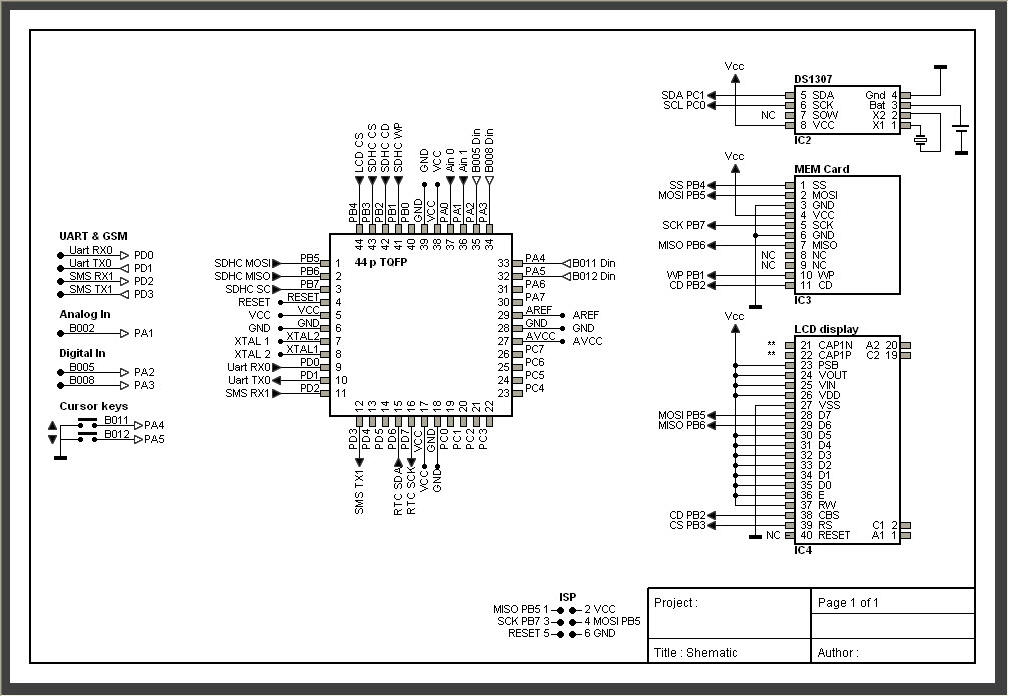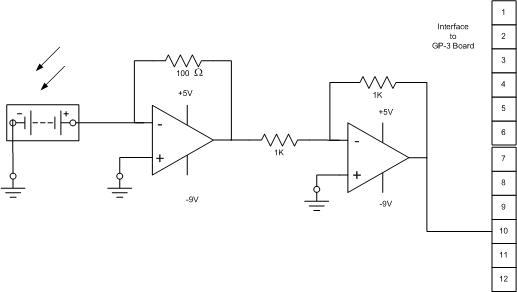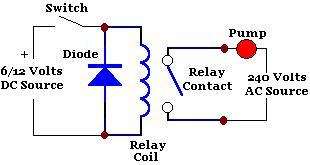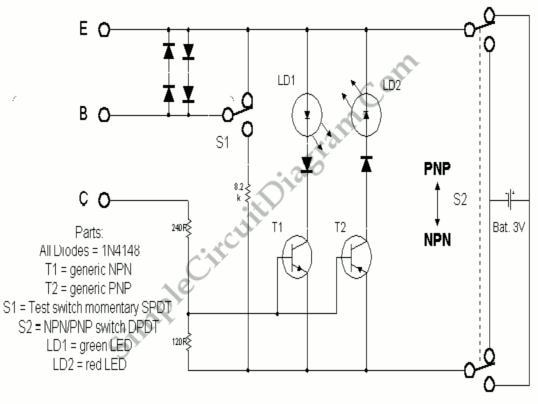
Donald Smith Devices too good to be true 1
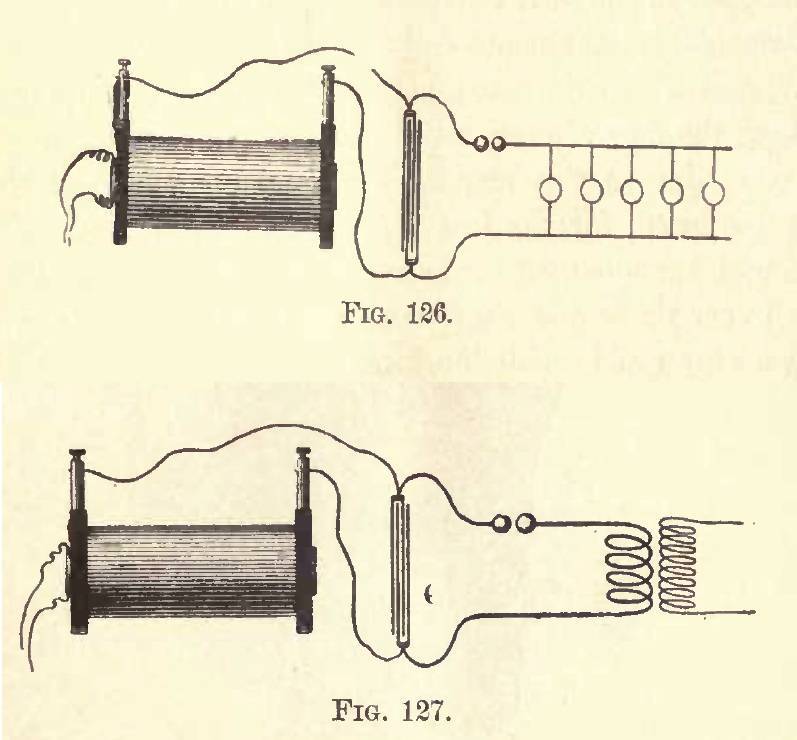
In relation to cold electricity, it aligns precisely with Duncan's statements. During experiments, burning wires were observed as a result of Tesla's work.
Cold electricity refers to a phenomenon associated with electrical energy that exhibits distinct characteristics compared to conventional electrical currents. This concept is often linked to the work of Nikola Tesla, who explored various forms of electrical transmission and energy propagation. The term "cold" electricity does not imply a lack of energy but rather indicates an unusual behavior of electrical currents that can manifest under specific conditions, often leading to surprising effects.
In experimental setups, such as those mentioned, the application of cold electricity can lead to unexpected results, including the overheating and burning of wires. This can occur due to the unique properties of the electrical discharge, which may not conform to traditional expectations of current flow and resistance. The experiments may involve high-frequency oscillations, resonant circuits, or other specialized configurations that can amplify the effects of cold electricity.
To properly analyze and utilize cold electricity in electronic circuits, careful consideration must be given to the materials used, the design of the circuit, and the intended application. Components such as capacitors, inductors, and specialized wire materials can influence the performance and safety of the circuit. Additionally, it is essential to monitor thermal conditions and implement protective measures to prevent damage to components due to excessive heat generation. Understanding the underlying principles of cold electricity can lead to innovative applications in energy transmission, wireless power transfer, and advanced circuit design.Originally Posted by T-1000 In regards of cold electricity it is exactly what Duncan says. In our experiments we got burning wires from Tesla.. 🔗 External reference
Cold electricity refers to a phenomenon associated with electrical energy that exhibits distinct characteristics compared to conventional electrical currents. This concept is often linked to the work of Nikola Tesla, who explored various forms of electrical transmission and energy propagation. The term "cold" electricity does not imply a lack of energy but rather indicates an unusual behavior of electrical currents that can manifest under specific conditions, often leading to surprising effects.
In experimental setups, such as those mentioned, the application of cold electricity can lead to unexpected results, including the overheating and burning of wires. This can occur due to the unique properties of the electrical discharge, which may not conform to traditional expectations of current flow and resistance. The experiments may involve high-frequency oscillations, resonant circuits, or other specialized configurations that can amplify the effects of cold electricity.
To properly analyze and utilize cold electricity in electronic circuits, careful consideration must be given to the materials used, the design of the circuit, and the intended application. Components such as capacitors, inductors, and specialized wire materials can influence the performance and safety of the circuit. Additionally, it is essential to monitor thermal conditions and implement protective measures to prevent damage to components due to excessive heat generation. Understanding the underlying principles of cold electricity can lead to innovative applications in energy transmission, wireless power transfer, and advanced circuit design.Originally Posted by T-1000 In regards of cold electricity it is exactly what Duncan says. In our experiments we got burning wires from Tesla.. 🔗 External reference


